Known as Peter Pan dogs because they remain so playful and puppy-like, flat-coated retrievers are easy to love. They are Intelligent working dogs and so require plenty of exercise and must be groomed daily. Owners who devote the necessary time to their pooches will be rewarded with loyal and affectionate companions which are great with children and always entertaining.
Which breed group is the flat-coated retriever in?
Breed Group: Gundog
Flat-coated retriever breed history
The precise origins of the flat-coated retriever are not known. The dogs were developed in the 19th century and it is possible that Newfoundlands and the now extinct St. Johns Water Dogs, brought to the UK by Canadian sailors, could be amongst the breed’s ancestors. A gentleman called Mr. J. Hull established a breeding programme in 1864. Flat-coated retrievers quickly became common sights on shooting estates in the UK. But their numbers dwindled significantly during and after World War II. The breed began to recover in the 1960s and puppy registrations have continued to increase.
Flat-coated retriever breed characteristics
Flat-coated retrievers are athletic and highly energetic dogs. They boast gorgeous, dense coats with a natural sheen and the acceptable colours are black or liver. Eyes can be hazel or dark brown and these dogs have alert expressions. Their ears are set well and small, lying close to a dog's head. Flatties have muscular hind legs and square loins. Their tails are straight and carried gaily when the dogs are excited. The feet are round and arched.
Flatties retain puppy-like personalities longer than many breeds as they mature slowly. They are smart and active dogs that need to be kept busy and they are treasured for their kind and placid natures. They are easily bored and can become destructive around the house if not kept occupied.
- Lifespan: 8-10 years
- Height: up to 61cm
- Weight: up to 32kg
- Dense coats
- Natural sheen
- Black or liver
- Playful
- Friendly
- Placid
- Easily bored
- Intelligent
- Easy to train
Health issues with the flat-coated retriever
Flat-coated retrievers are prone to several health issues as follows:
- Patellar luxation
- Hip dysplasia
- Elbow dysplasia
- Primary Glaucoma
- Cardiomyopathy
- Cranial Cruciate Ligament Failure
- Osteoarthritis
- Ophthalmic conditions (Adnexa)
- Laryngeal Paralysis
- Alabama rot
- Renal Dysplasia
- Cancer
- Ear problems
- Bloat
What is the flat-coated retriever bred for?
Flat-coated retrievers were originally bred as hunting dogs for 19th-century shooting estates.
What sort of owners does the flat-coated retriever suit?
Friendly, placid and easy to train, flat-coated retrievers are fabulous pets and are ideal for first-time owners. They form strong bonds with people and are wonderful with children of all ages. Flatties remain incredibly playful into their adult years and excel at canine sports. Prospective owners should be aware that these dogs should be groomed daily to prevent knots and that they need plenty of exercises. They aren’t particularly good watchdogs and can suffer from separation anxiety.
The perfect owners for flatties are active people who enjoy long walks and who can be with their pets all day. These dogs are happiest in the countryside but could live anywhere as long as they benefit from the exercise and mental stimulation that they need.

